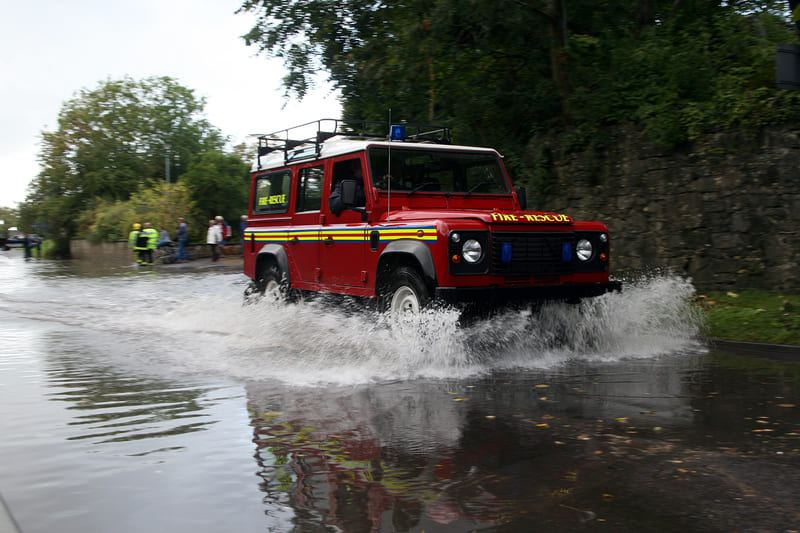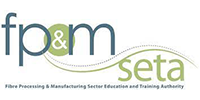Fire fighting training is about so much more than just suppressing fires. This article covers some of (but not all) of a firefighter’s additional responsibilities that sit tangential to, or totally apart from, fighting fire. From handling hazardous materials or rescuing flood victims to educating schools and performing medical rescues, you’ll discover that firefighting is about the holistic protection of communities and environments.
The Broader Scope Of Firefighting
The role of firefighter has become an increasingly generalist one, encapsulating so much more than simple fire suppression. Nowadays, you’ll find that virtually all emergency first response forces will contain at the very least a small team of fire fighters. The reasons why are clear; the skills that these men and women learn are applicable to so much more than simply suppressing fires.
From a resource management perspective, to have firefighters deployed exclusively in the instance of fires is a sore waste. That means that comprehensive fire fighting training courses like EMCARE’s are incredibly important, drilling into students a variety of skills and disciplines that can be applied across a variety of emergencies.
Rescue Operations And Emergency Response
For many of us, the most common place to spot a firefighter isn’t at the site of a blaze, but on the roadside. Here they’re called to help perform vehicle extractions in the wake of road accidents, using their skills to safely navigate a constricting space, while keeping an eye on any fire risks posed by fuel leaks. Less common, but utilising a similar skillset, fire fighters are often involved in the search and rescue within collapsed buildings and structures.
Another example uses a situation totally opposed to fire: swift water rescues during flooding or other accidents near rivers. These emergency situations all have one thing in common, certified individuals who have completed fire fighting training. While none of these directly involve fire, a firefighter’s strength, ability to navigate difficult environments, coordinate as a team and perform technical rescues come to the rescue, literally.

Medical Assistance And First Aid
One of the most overlooked aspects of a firefighter’s role is their responsibility as a medical first responder. Fire Fighters receive advanced medical response training in their fire fighting training. As some of the first people to come into contact with injured individuals, it is up to the firefighter to perform CPR, staunch bleeding, treat trauma and stabilise injuries. On top of this, the firefighter will have to know how to safely move the patient without exacerbating the injury if possible.
The ability of the firefighter to keep a rescued patient stable while waiting for medical professionals to take over can have a major impact on not only the speed and success of the recovery process, but the survivability too. In a very similar vein, firefighters are taught how to work closely alongside paramedics and other medical responders to maximise the chances of a successful rescue.
Hazardous Materials And Environmental Safety
One of the more advanced and specialised roles a firefighter might take on is the handling of hazardous materials. This will begin with the identification of said material, which will inform the procedure used to handle it.
During the process of their fire fighting training, these individuals learn everything there is to know on the handling of hazardous materials. Because of this, firefighters are often called in to contain incidents such as chemical spills and toxic leaks. This is risky and hard work, requiring a strong theoretical understanding of hazardous materials and an even stronger grasp of the practical application of HAZMAT protocol. Although challenging, these responsibilities allow firefighters to protect entire communities and ecosystems against the pernicious danger of toxic contamination.

Public Education And Fire Prevention
In every emergency first response service, the preferred method is always the preventative one. One of the most cost-effective ways of building a proactive shield around a community is with an education campaign. Firefighters may need to do education in schools, workplaces and community centres, or conduct safety workshops and fire drills. For this reason, they are learn how to educate communities on fire safety during their fire fighting training.
The goal here is to get every individual member of a community to develop a proactive approach to fire risk reduction, rather than simply having the firefighters react to fires as they start. This approach has been shown to save massively on resources and protect countless lives, making it a must-do strategy.
Inspection And Enforcement Duties
Along similar preventative lines, firefighters will also learn to become safety inspectors during their fire fighting training. They’ll be tasked with inspecting buildings and workplaces for any signs of hazards, taking note of them so that they can be addressed before they develop into outright emergencies.
Their roles also include checking that buildings are in compliance with local fire safety codes and enforcing those if necessary. This helps to keep businesses operating within safe parameters, as far as fire and other hazards are concerned, therefore protecting both people, property and profits.
Disaster And Crisis Management
During and following natural disasters, all firefighters will be deployed to address a variety of issues. Whether it’s floods, storms, earthquakes or tsunamis, firefighters will be there in the thick of it. One of their primary tasks will be to help direct and manage the evacuation of a population, guiding them all to safety. Others who have become lost or trapped can expect the help of firefighters to lead search and rescue operations.. During these times, you’ll find firefighters in constant coordination with other rescue services and civil defence forces.
EMCARE’s Certified Fire Fighting Training
In conclusion, firefighters are much more than just firefighters. Their broader scope involves a variety of rescue operations, including roadside accident support, building collapses and swift water rescues. They are trained medical first aid responders, making them true rescuers.
They learn how to identify and safely handle hazardous materials, helping protect us against toxic contamination. They help prevent disaster in the first place by educating communities and keeping businesses in compliance with fire safety laws. In the case of natural disasters, they’re some of the most involved and active members of the relief effort. To learn how to do all of this and more, join an fire fighting training course today.















